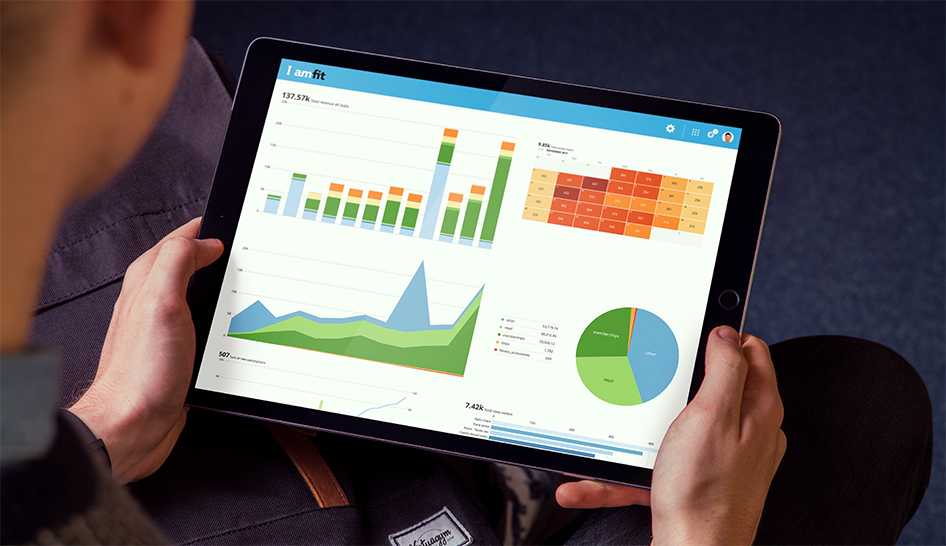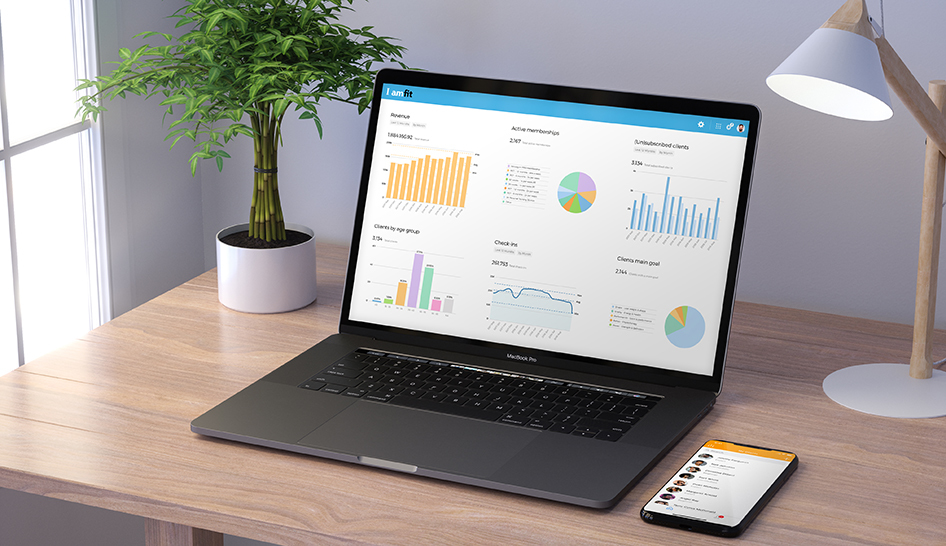Are you data literate?
Today’s business owner should be able to answer that question with some degree of certainty. Data drives so many critical decisions that being able to interpret the numbers can make or break a business, especially in the dynamic health club sector. Having data is great, but data analytics is what can take your club to the next level.
If you’re not confident in your data analytics, you’re hardly alone. Recently, the Economist polled European business leaders and found that two-thirds of executives believe that business leaders’ data literacy is insufficient. As usual, technology has outpaced human capabilities. While the tools of data collection and aggregation improve exponentially, people are lagging in interpreting the flood of information they can access.
Getting a handle on analytics can instantly return dividends. Tim Bainton, founder and managing director of business development for Blue Chip Sports Management, discovered the power of data mining in transforming his business. According to Bainton, you should strive for interpretive precision, but even just a small improvement is significant.
“Being 5% more accurate can make you 5% more profitable,” he says.

